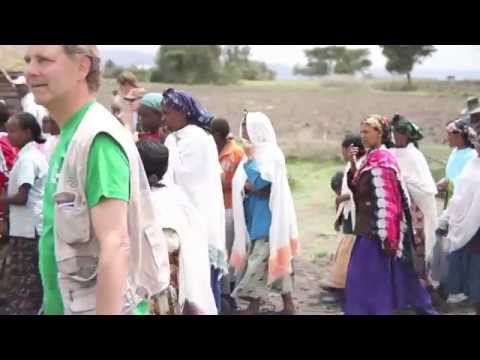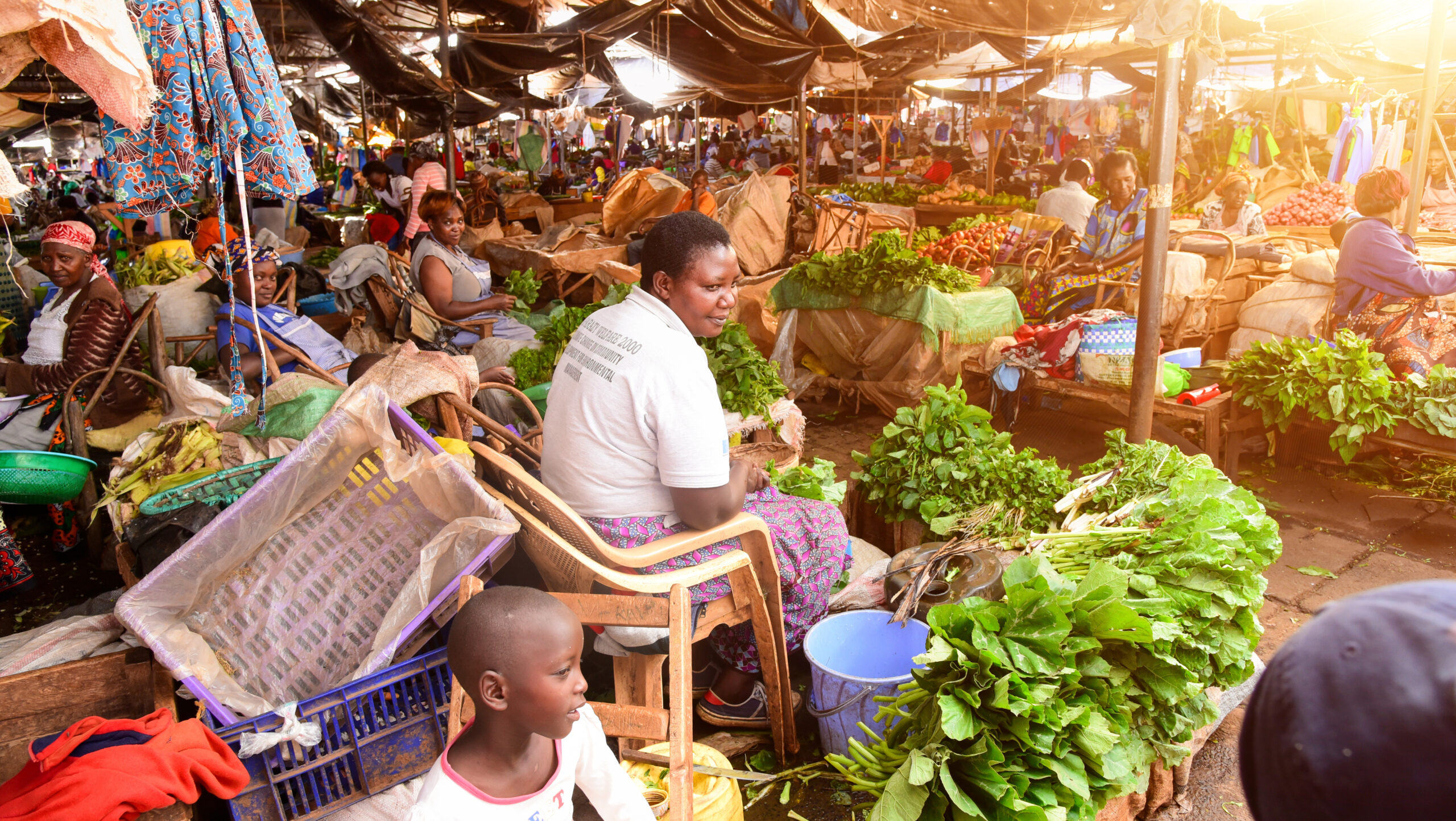Two thousand sixteen will mark 11 years of the Global Hunger Index (GHI). For more than a decade, the GHI has contributed to increasing accountability for improving hunger and malnutrition at the global, regional, and national levels. Moreover, the annual GHI reports have provided thought-provoking information on hunger and undernutrition that call all stakeholders to continued action on these complex challenges. Many country governments draw from the GHI to bring attention to the prevalence of hunger and malnutrition and, more importantly, to compel policymakers, sector leaders, and other stakeholders to work together on these issues.
In a convocation speech at the G.B. Pant University of Agriculture and Technology in 2015, India’s President, Shri Pranab Mukherjee, called on future leaders to improve the nutritional status of their population in a timely manner. In making his case, he presented data from the 2015 GHI Report, which ranked India 80th out of 104 countries (listed from least to most hunger). The 2015 GHI Report ranked Zambia as the third hungriest country in the world. Through this report, not only were Zambian policymakers informed of the country’s poor nutrition, but stakeholders urged the Government of Zambia to do more. In 2016, the Zambian Civil Society Scaling up Nutrition Alliance Acting Coordinator called on the government to use the latest GHI findings to intensify its nutrition interventions.
Some governments, aid agencies, and non-profit organizations also use the GHI to support program implementation and evaluation towards ending hunger and malnutrition. The United States Agency for International Development (USAID) uses the GHI as one of the indicators to identify Feed the Future “Focus Countries,” which are given priority in funding. GHI results are under consideration by the German Ministry of Economic Cooperation and Development as an indicator for deciding the geographical focus of their work on food and nutrition security. Under their report, The 2030 Agenda: Global Future of the Sustainable Development Goals, the German organizations Global Policy Forum and terre de homes suggested that the German government use GHI as one of the indices to measure progress against the United Nations Sustainable Development Goal 2: End hunger, achieve food security and improved nutrition, and promote sustainable agriculture.
The GHI, a collaboration between Concern Worldwide, IFPRI, and Welthungerhilfe, is a tool designed to comprehensively measure and track hunger globally, regionally, and by country. Calculated each year, the GHI highlights successes and failures in hunger reduction and provides insights into the drivers of hunger. By raising awareness and understanding of regional and country differences in hunger, the GHI triggers actions to reduce hunger. The 2016 GHI Report is scheduled to be released in October 11, 2016.
Janna de la Paz is a Program Analyst at IFPRI.
For a downloadable PDF of this post, click here. For more Outcome Stories, see the Outcome Stories blog.







